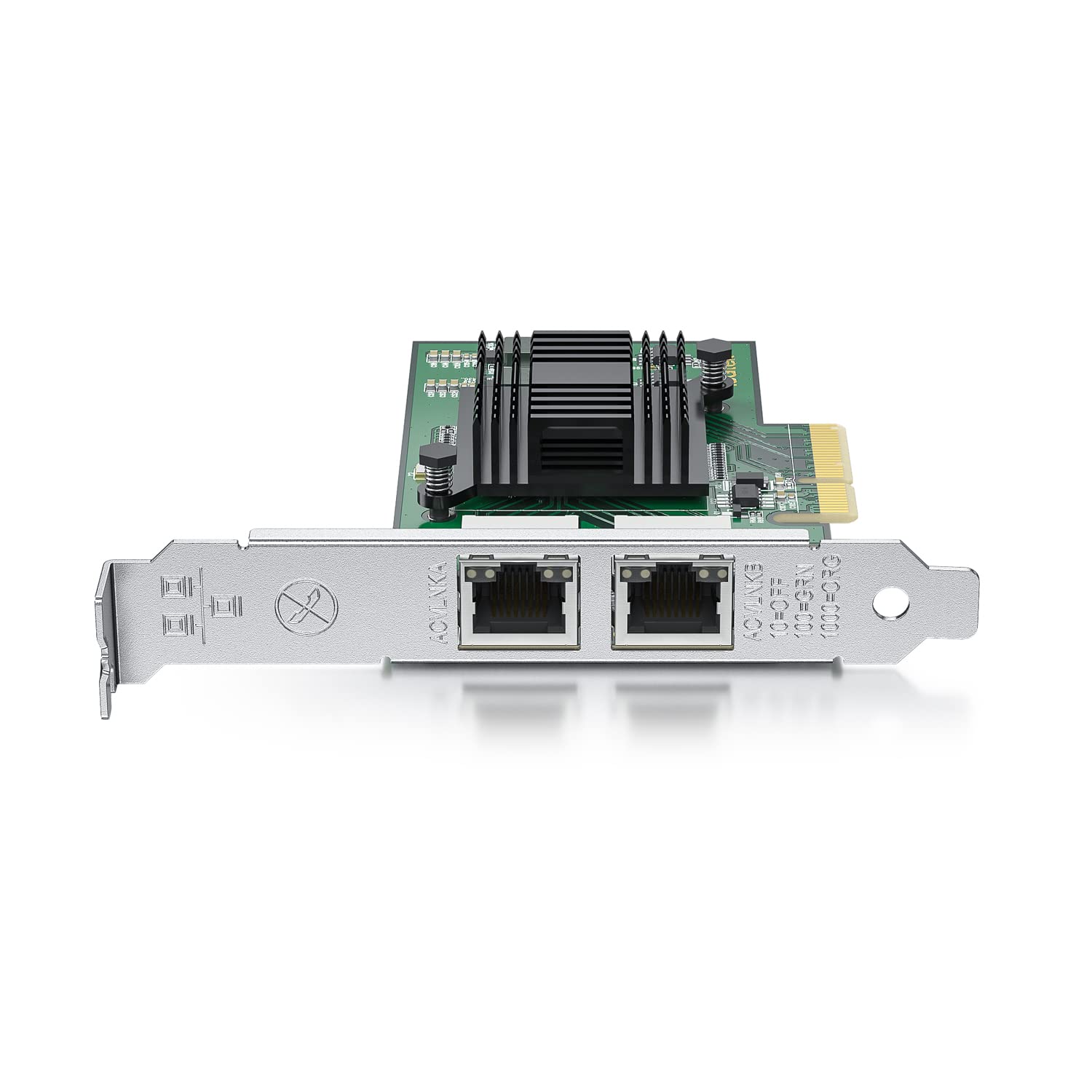Servicios al cliente
Sobre nosotros
Copyright © 2025 Desertcart Holdings Limited
Desert Online General Trading LLC
Dubai, United Arab Emirates











🚀 Upgrade your network game with pro-grade speed & reliability!
The 10Gtek 1G Gigabit Ethernet Network Adapter features the Intel I350AM2 controller delivering stable 1Gbps speeds via dual copper RJ45 ports. Compatible with a wide range of operating systems and equipped with PCIe 2.0 x4 interface, it ensures seamless integration into professional server and desktop environments. Its flexible bracket options and robust Intel chipset make it a reliable choice for demanding network setups.







| Brand | 10Gtek |
| Item model number | I350-GE-2T-X4 |
| Operating System | Windows Server 2003/2008/2012, Windows7/8/Vista/XP, Linux, VMware ESX/ESXi* |
| Item Weight | 1.76 ounces |
| Package Dimensions | 7.2 x 5.98 x 1.26 inches |
| Color | X1 |
| Manufacturer | 10Gtek |
| ASIN | B07B4RL9QJ |
| Is Discontinued By Manufacturer | No |
| Date First Available | February 28, 2018 |
Trustpilot
Hace 3 días
Hace 1 mes
Hace 1 mes
Hace 1 día